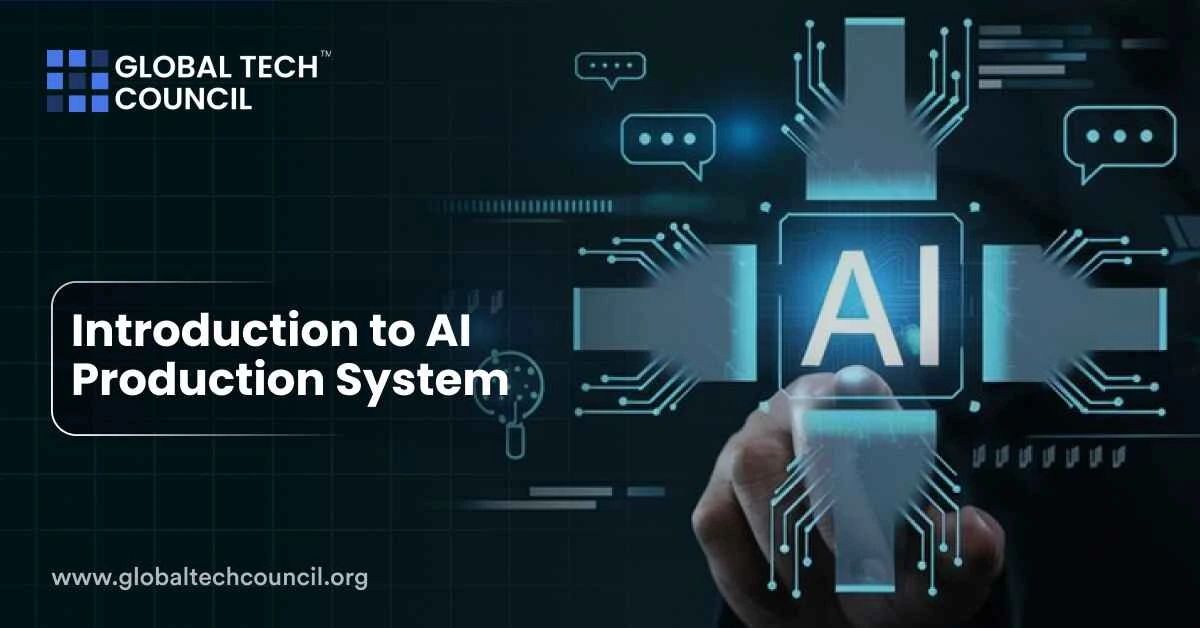
Artificial Intelligence Developers define production systems as a computer program based on a set of rules and regulations, providing some form of Artificial Intelligence. Wish to know more about production systems? Read below.
Learning Of Blog
-
- Introduction
- Elements of an AI Production System
- Features of a Production System
- Classes of Production System in Artificial Intelligence
- Benefits of using AI Production Systems
- Conclusion
Introduction
A Production system is a computer algorithm that is used to execute search algorithms and imitate human problem-solving skills. This knowledge and expertise to solve problems can be loaded up in the form of little quanta called productions. A production system consists of two parts: a rule to recognize a situation and an action part to deal with the situation. The left side of a production system consists of things to watch for, and the right side includes the things to do.
Elements of an AI Production System
There are three significant elements of an AI production system:
- Global Database: It is the primary data structure used by the system in AI.
- Set of Production Rules: The rules and regulations that govern the global database. Every production rule consists of a prerequisite or precondition that the global database either meets or not. If the precondition is met, the rule is often applied.
- A Control System: The control system is the decision-maker to choose the rule which should be applied and stops the processing when a termination condition on the database is met. The control system is also responsible for handling the conflicts if multiple rules are to fire at the same time.
Features of a Production System

- Simplicity: Each sentence in the production system is unique because they use the “IF-THEN” structure. That’s why it is easy to represent knowledge, improving the readability of production rules.
- Modularity: Information can be treated as a collection of discrete pieces of code that can be added, modified, or deleted without any harm.
- Modifiability: It allows the development of production rules in a skeletal form first, and then it is used to suit a specific application.
- Knowledge-intensive: The production system knowledge base stores pure knowledge and no programming information. Each production rule is written in English; the very structure of the representation solves the problem of semantics.
Classes of Production System in Artificial Intelligence
There are mainly four classifications of production systems in AI:
- Monotonic Production System: It’s the type of production system in which when one rule is applied, it does not prevent the later application of another rule.
- Partially Commutative Production System: It’s a production system in which a sequence of rules is used to change one state into another; then, any permissible permutation of those rules also delivers the same result.
- Non-Monotonic Production Systems: These are production systems that are important from an implementation standpoint. They are used where it is not needed to identify the previous states when it is found that a wrong path was followed. This production system helps increase efficiency as it does not keep a record of the changes made in the search process.
- Commutative Systems: Such production systems are beneficial for problems in which the changes can be reversed, and the order of operation is not significant, as chemical analysis of a substance. In such systems, it is important to make the correct decisions initially as the order in which operations are performed is crucial.
Benefits of Using AI Production Systems
- The system can be modified easily as each rule is independent of one another. Rules can be removed, added, or changed independently.
- Excellent for the structuring of AI programs
- Knowledgebase and control are separate
- Language independence
- A data-driven mapping onto state-space research
- The system pattern directed control used by the system is more flexible than algorithmic control.
- It provides opportunities for heuristic control of the search.
- A feasible model of human problem-solving.
- An excellent method to model the state-driven nature of intelligent machines.
- Handy in real-time in applications and environment.
Conclusion
We hope that this post was able to provide you with fundamental knowledge about AI production systems. If you wish to opt for a professional artificial intelligence certification, check out Global Tech Council’s Certified Artificial Intelligence Expert or Certified Artificial Intelligence Developer courses.

